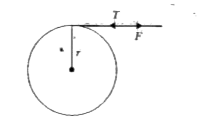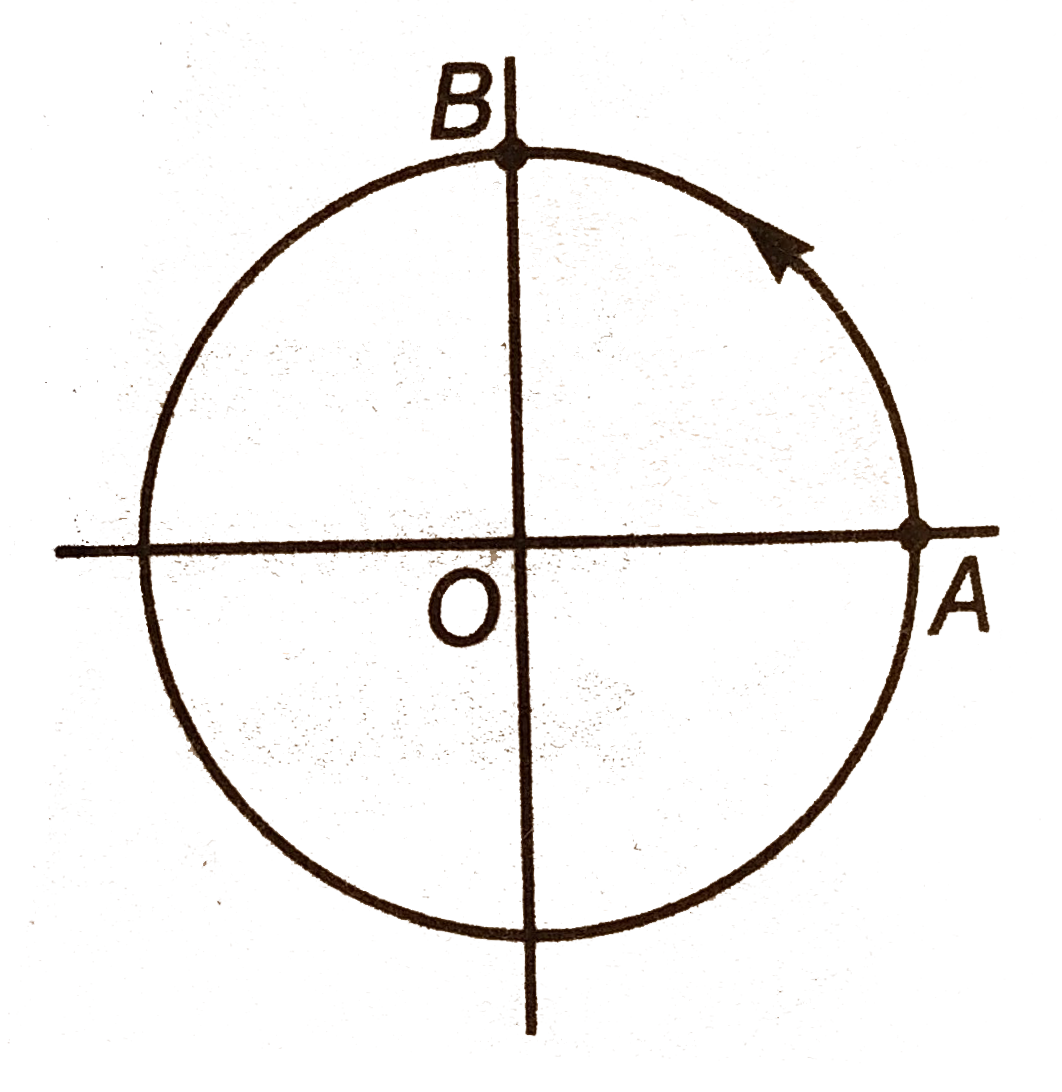State, for each of the following physical quantities, if it is a scalar or a vector. Volume, mass speed acceleration, density, number of moles, velocity, angular frequency, displacement, angular velocity.
To determine whether each of the given physical quantities is a scalar or a vector, we will analyze them one by one based on their definitions.
1. Volume:
- Definition: Volume is the amount of space occupied by an object.
- Analysis: It has only magnitude (e.g., 5 liters) and does not have a direction.
- Conclusion: Scalar
2. Mass:
- Definition: Mass is the quantity of matter in an object.
- Analysis: It has only magnitude (e.g., 10 kg) and does not have a direction.
- Conclusion: Scalar
3. Speed:
- Definition: Speed is the rate at which an object covers distance.
- Analysis: It has only magnitude (e.g., 60 km/h) and does not have a direction.
- Conclusion: Scalar
4. Acceleration:
- Definition: Acceleration is the rate of change of velocity.
- Analysis: It has both magnitude and direction (e.g., 9.8 m/s² downward).
- Conclusion: Vector
5. Density:
- Definition: Density is mass per unit volume.
- Analysis: It has only magnitude (e.g., 1 g/cm³) and does not have a direction.
- Conclusion: Scalar
6. Number of Moles:
- Definition: Number of moles is a measure of the amount of substance.
- Analysis: It can be counted and has only magnitude (e.g., 2 moles) without direction.
- Conclusion: Scalar
7. Velocity:
- Definition: Velocity is the rate of change of displacement.
- Analysis: It has both magnitude and direction (e.g., 50 m/s east).
- Conclusion: Vector
8. Angular Frequency:
- Definition: Angular frequency is the rate of rotation.
- Analysis: It has only magnitude (e.g., 2π rad/s) and does not have a direction.
- Conclusion: Scalar
9. Displacement:
- Definition: Displacement is the change in position of an object.
- Analysis: It has both magnitude and direction (e.g., 10 m north).
- Conclusion: Vector
10. Angular Velocity:
- Definition: Angular velocity is the rate of change of angular displacement.
- Analysis: It has both magnitude and direction (e.g., 30 rad/s counterclockwise).
- Conclusion: Vector
Summary of Results:
- Volume: Scalar
- Mass: Scalar
- Speed: Scalar
- Acceleration: Vector
- Density: Scalar
- Number of Moles: Scalar
- Velocity: Vector
- Angular Frequency: Scalar
- Displacement: Vector
- Angular Velocity: Vector
- Definition: Volume is the amount of space occupied by an object.
- Analysis: It has only magnitude (e.g., 5 liters) and does not have a direction.
- Conclusion: Scalar
- Definition: Mass is the quantity of matter in an object.
- Analysis: It has only magnitude (e.g., 10 kg) and does not have a direction.
- Conclusion: Scalar
- Definition: Speed is the rate at which an object covers distance.
- Analysis: It has only magnitude (e.g., 60 km/h) and does not have a direction.
- Conclusion: Scalar
- Definition: Acceleration is the rate of change of velocity.
- Analysis: It has both magnitude and direction (e.g., 9.8 m/s² downward).
- Conclusion: Vector
- Definition: Density is mass per unit volume.
- Analysis: It has only magnitude (e.g., 1 g/cm³) and does not have a direction.
- Conclusion: Scalar
- Definition: Number of moles is a measure of the amount of substance.
- Analysis: It can be counted and has only magnitude (e.g., 2 moles) without direction.
- Conclusion: Scalar
- Definition: Velocity is the rate of change of displacement.
- Analysis: It has both magnitude and direction (e.g., 50 m/s east).
- Conclusion: Vector
- Definition: Angular frequency is the rate of rotation.
- Analysis: It has only magnitude (e.g., 2π rad/s) and does not have a direction.
- Conclusion: Scalar
- Definition: Displacement is the change in position of an object.
- Analysis: It has both magnitude and direction (e.g., 10 m north).
- Conclusion: Vector
- Definition: Angular velocity is the rate of change of angular displacement.
- Analysis: It has both magnitude and direction (e.g., 30 rad/s counterclockwise).
- Conclusion: Vector
- Volume: Scalar
- Mass: Scalar
- Speed: Scalar
- Acceleration: Vector
- Density: Scalar
- Number of Moles: Scalar
- Velocity: Vector
- Angular Frequency: Scalar
- Displacement: Vector
- Angular Velocity: Vector
Topper's Solved these Questions
Similar Questions
Knowledge Check
Which of the following quantity remains constant in a uniform circular motion:
(a) velocity
(b) speed
(c) acceleration
(d) both velocity and speedAvelocityBspeedCaccelerationDboth velocity and speed
Which of the following options is representing average energy per unit volume of a travelling wave? (Where rho is density, omega is angular frequency, A is amplitude)
View SolutionClassify the following as scalars and vectors :
Time
Distance
Displacement
Force
Work
Torque
Velocity
Speed
Acceleration
Mass
View SolutionState whether the following quantity is a scalar or vector ?
(a) pressure (b) force
(c) momentum (d) energy
(e) weight (f) speed.
View SolutionA uniform disc of mass of 0.50 kg and radius 0.20 m lies on one side initially at rest on a frictionless horizontal surface. A constant force of 3 N is then applied tangentially at its perimeter using a light weight cord wrapped aroutid its edge. What is the (i) angular acceleration (ii) angular velocity and angular displacement after 2s ?

View SolutionClassify the following as scalars and vector quantities: a.Time period b. Distance c. Displacement d.Force e. Work f. Velocity g.Acceleration
View SolutionAssertion: A particle is rorating in a circle with constant speed as shown. Between point A and B , ratio of average acceleration and average velocity is angular velocity of particle about point O .
Reason: Since speed is constant, angular velocity is also constant.

View SolutionState which of the following situations are possible and give an example for each of these :
(a) An body with a constant acceleration but with zero velocity.
(b) An object moving with an acceleration but with uniform speed
(c) An object moving in a certain direction with an acceleration in the perpendicular direction.
View Solution
